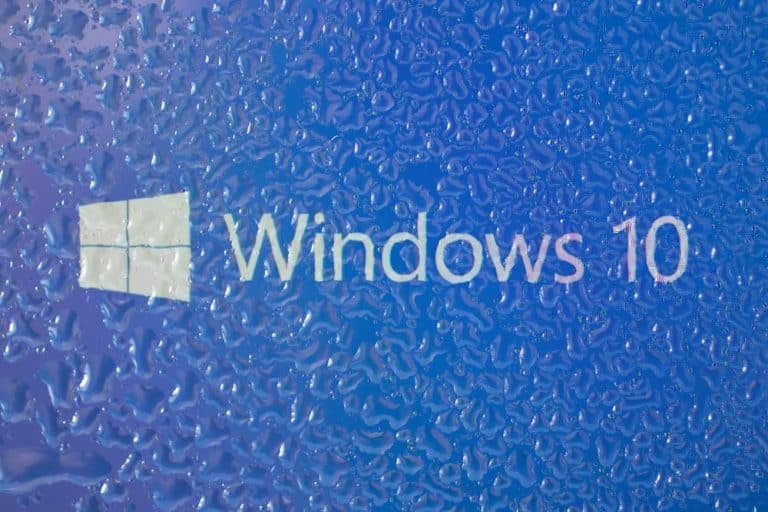Windows 10 is offered by Microsoft as-a-Service, with a major new update being pushed every six months. If you keep working on an old version of Windows 10 for too long, you will no longer receive security updates or support from Microsoft. Now it enables AI to upgrade old versions anyway.
Windows 10 version 1803 (April 2018 Update) will be labelled as end-of-service by Microsoft as of November 12th. To upgrade computers with this version to Windows 10 version 1903 (May 2019 Update), the software giant now uses machine learning (ML) models.
On Windows Update’s Twitter account, Microsoft will let you know that it is working on a model where old versions will still be updated to the latest version to ensure the latest updates and to receive security patches.
? [Windows Release Health Update New Message] We are beginning to train the machine learning based rollout process to update devices running the April 2018 Update, and earlier versions of Windows 10. Read more here: https://t.co/NHEQuEjsVX.
Windows Update (@WindowsUpdate) June 18, 2019
A company that still runs on an older version is not automatically updated. In a response to Twitter, Microsoft states that it adheres to the rules that companies have set for Windows Update.
Bug fixes
In addition to announcing the use of ML models to update devices, it has resolved a bug where privacy settings were not shown during an upgrade. According to Microsoft, only a small group of users were affected by this, but it has now rolled out a solution for those who update version 1709, 1803 or 1809 of Windows 10 to version 1903. Users will be notified that they can re-evaluate their new privacy settings.
In addition, Microsoft has rolled out some updates for Windows 10 version 1809 (October 2018 Update). It has patched the Edge browser and optimized the Your Phone app. Finally, Microsoft has solved a strange bug that eliminates the sound when a computer has not been restarted for more than 50 days.
Related: Windows May 10, 2019 update: the main reasons to update
This news article was automatically translated from Dutch to give Techzine.eu a head start. All news articles after September 1, 2019 are written in native English and NOT translated. All our background stories are written in native English as well. For more information read our launch article.